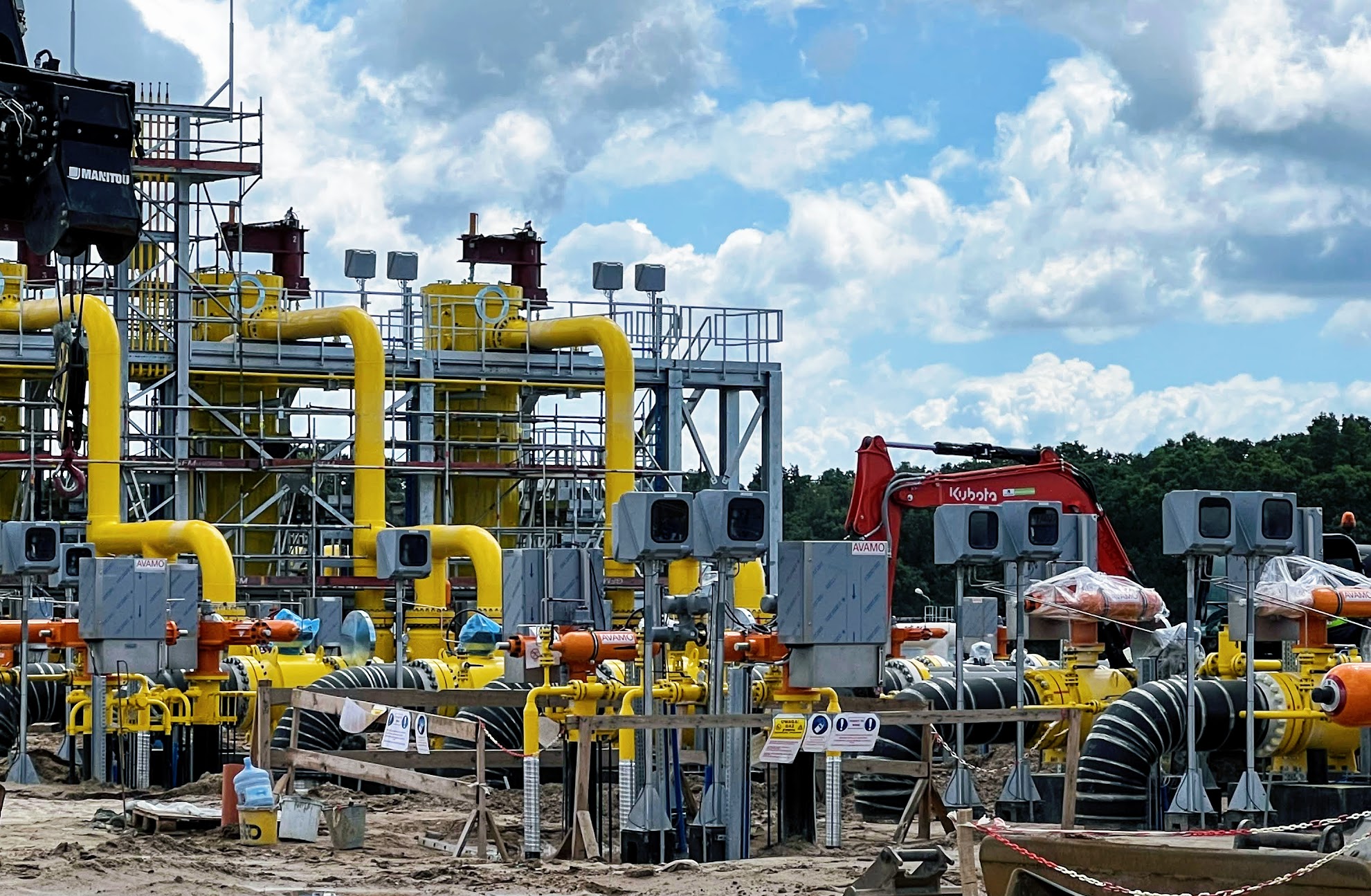Despite assurance from the state-owned Polish Oil Mining and Gas Extraction (PGNiG) company, Poland faces a gas shortage according to an analysis from Dziennik Gazeta Prawna (DGP) based on Eurostat data.
If the DGP’s analysis is accurate, that means that there is indeed a threat of gas outages in Poland over the coming winter. Polish demand for gas over the seven months between September and March was 15.5 billion cubic meters, which is over 70 percent of the average yearly demand for this fuel.
Officially, the government and PGNiG, which is the largest gas and oil extraction company in Poland, have said there is no threat and that there will be no gas outages in winter.
[pp id=43035]
“Our existing gas balance secures the heating season,” the company stated. However, PGNiG noted that facing changes in the gas market, “conclusions from analyses based on historical figures could be incompatible with the current prognoses generated using the latest data.”
Anna Moskwa, Polish minister of climate and environment, said that Poland is “absolutely safe” this year and is aiming to raise the level of security for next year, as talks and contracts with “big partners” are being secured.
Tomasz Stępień, CEO of Gaz-System, the Polish transmission system operator, forecasted in June that gas use should drop to around 18 billion cubic meters. Last year, according to various statistics, the demand for gas in Poland was between 21 and 23 billion cubic meters. Calculations of the Belgian Breugl Insitute showed that Poland limited its gas use in the first months of this year by 20 percent.
[pp id=43352]
But is such a level of gas savings enough for the winter? The calculations of DGP show that even with 20 percent lower gas usage than in previous years, Poland needs to have at least 12 billion cubic meters over the next seven months. This represents almost two times Poland’s own resources, which are coming from extraction and existing stockpiles.
Other reserves are more or less dependent on the situation in the market. Deliveries coming through the LNG terminal in Świnoujście are the most resistant to changes in the market. Assuming that the existing, maximum level of the terminal capacity is used, it could decrease the gas deficit in Poland from 5 billion to around 1 billion cubic meters.
Theoretically, additional liquified natural gas (LNG) deliveries through the interconnector on the border with Lithuania or additional gas contracts negotiated by PGNiG should be enough to fulfill Poland’s requirement for gas. In response to DGP’s questions, PGNiG declared that it was conducting “intensive talks” on further contracts including through the Baltic Pipe, which is still under construction.





